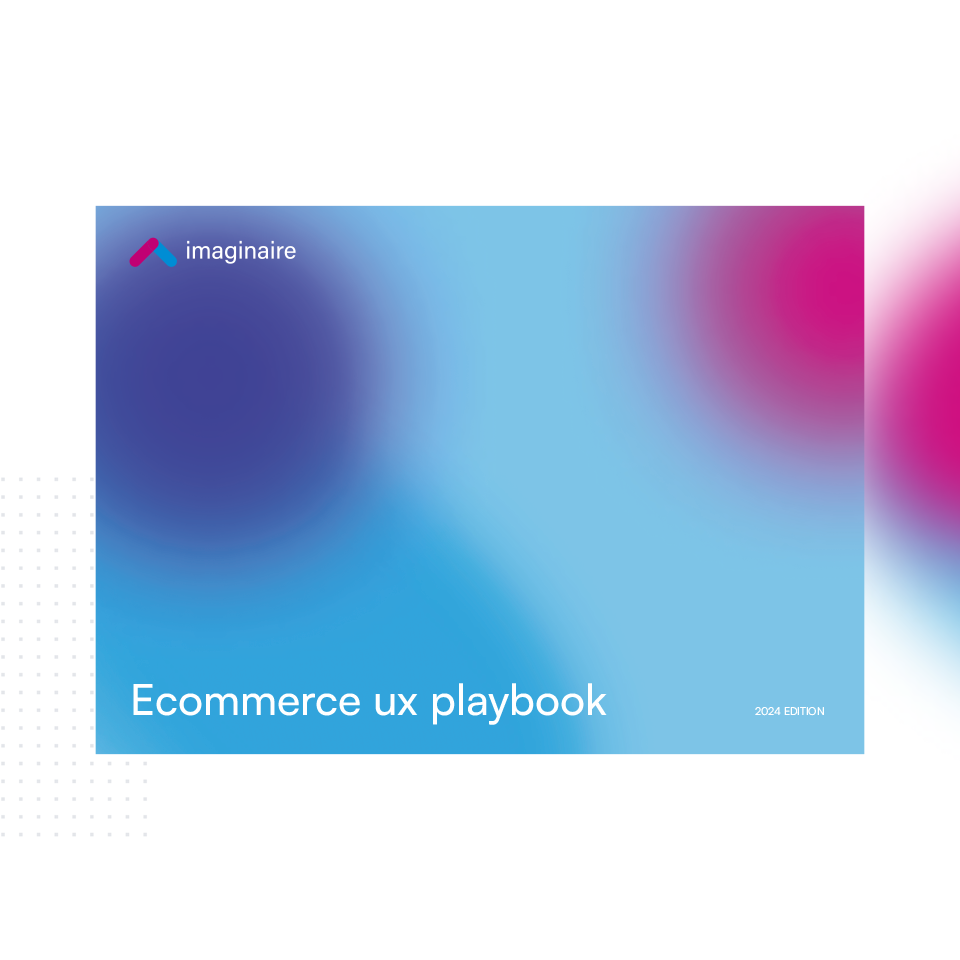Google Ads allow you to create pay-per-click (PPC) campaigns which appear in prominent places on search engine results.
But similar to other forms of digital marketing, it can be a challenge to know if what you’re doing on Google Ads is actually working or not.
Thankfully, many metrics exist within Google Ads and the wider digital marketing sphere that can help you get a sense of your campaign effectiveness and overall ROI.
Working with a PPC agency such as Imaginaire will mean we’ll track the success of your Google Ads for you. Plus make adjustments as necessary to ensure your campaigns are on track.
In the meantime, here is an overview of how to tell if your Google Ads are successful to tell you more.
Google Ads Report Metrics
- Average cost
- Click share
- Click type
- Conversions
- Conversions rate
- Impressions (top absolute)
- Impressions (top)
- Interaction rate
- Interactions
- Invalid clicks
- Mobile-friendly click rate
- Phone calls
- Phone impressions
- Phone-through rate (PTR)
- Search impression share
- View-through conversions
- Viewable impressions
Impressions
Impressions count how many times your Google Ad is visibly seen across all devices including desktop, mobile and tablets.
While having a ‘high’ score for most metrics is ideal, impressions are one of the top metrics to look out for. That’s because it will tell you how many people saw your ad, and if the number is low, all of the other metrics will likely be lower as a result.
High impression counts suggest your ad has good visibility, and that it’s doing its bit to increase brand awareness.
Low impression counts could mean there is an issue with the way the ad has been created or the schedule isn’t optimal. The targeted keywords could also be so niche there is not a big enough audience.
Factors that affect impressions: Quality of the ad copy, ad relevance, ad placement, competition, bid strategy and ad scheduling.
Click-Through Rate (CTR)
As the name suggests, the click-through rate measures how many users clicked on the ad which took them to your website as a result.
It’s not enough for users to just see your ad (impressions). If the copy and imagery entice them in the way that they should, users should naturally deviate to clicking on your ad.
So if the click-through rate is low, the Google Ad itself isn’t going to be successful because it’s not directing traffic your way.
But not to panic. Some simple adjustments can improve the CTA rate, such as changing the ad copy or even the time at which the ad is shown. Plus ensuring the audience is truly relevant compared with how the ad has been set up.
Factors that affect CTR: Ad relevance, ad call to action (CTA), ad visuals, ad format, ad placement and competition.
Average Cost Per Click (CPC)
As we start to crunch the numbers to determine your Google Ads ROI, a key metric is the cost per click (CPC).
Every time someone clicks your Google Ad, it will deduct a predetermined amount from your total Ads budget. Naturally, we want as many clicks as possible to lead to long browse times on your website and better still conversions.
HubSpot found the average CPC is $6.45 (£5.19) with the most expensive CPC a whopping $1,090 (£877.07).
Ultimately, the exact numbers don’t matter. Rather, it’s more a case that whatever the cost per click happens to be, it should be relative to your goals, and the potential revenue that can be generated through a direct conversion from that ad.
Factors that affect CPC: Advertiser bid, ad quality, ad relevance, ad rank, ad scheduling and quality score.
Conversions
After all of the effort, did your Google Ad generate a tangible profit for your business?
If your website is fully linked with Google Ads, Google Analytics 4 and Google Search Console (phew!) – these metrics will actually be trackable in the software itself.
In fact, we’ve even written a post on how to set up conversions in Google Analytics 4.
But beyond the linked data, in your own business accounts you can track the time at which your Google Ads were live to see whether there was an increase in sales during this time.
With conversions being the last piece of the puzzle, it’s crucial to create a paid ad that’s relevant to the audience as well as enticing to them. Having your Google Ads campaigns created by an expert is therefore invaluable, especially when trying to drive profit for your business.
Factors that affect conversions: Landing page experience, call-to-action (CTA), audience targeting, segmentation, remarketing, trustworthiness and the overall meeting of user needs and expectations on the page.
Imaginaire – Google Ads Setup & Management For Businesses
Paid ads including Google Ads offer incredible potential for your business to grow.
But as with most forms of marketing an expert approach is how to get the best results – especially with so many metrics to contend with.
If you’re in search of paid ads management including Google Ads for your business then you’re in the right place.
Imaginaire is based in Nottingham, and we help businesses across the UK and beyond succeed with their digital marketing.
To chat with us further about Google Ads or any of our other services please drop us a message or give us a call on 0115 697 1367.
